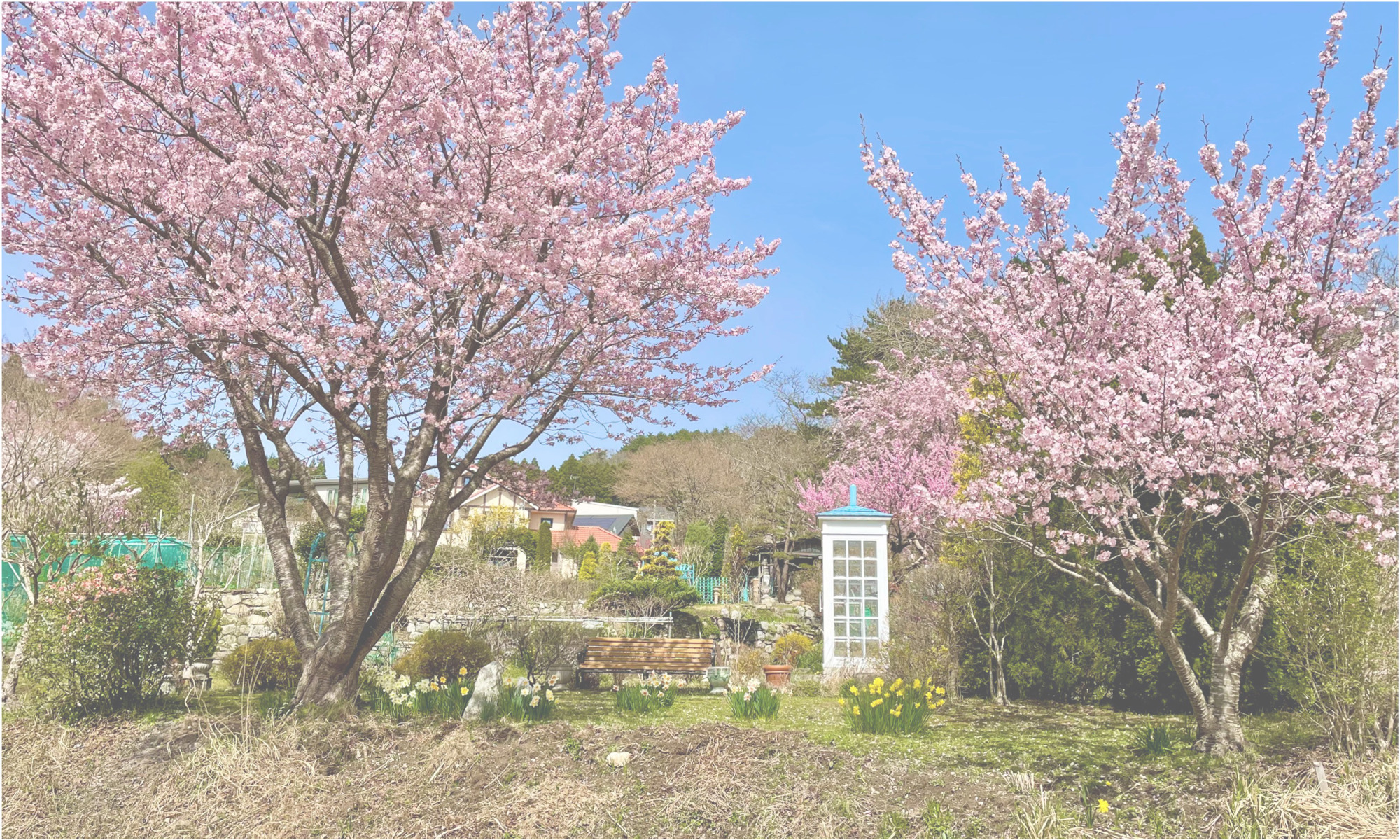
When the media reports on the “Wind Phone,” they often focus on the moving scenes of people clutching the disconnected black telephone, tearfully pouring out their unsaid feelings to a loved one they could no longer meet, unable to convey their thoughts. However, at the actual sites of the “Wind Phones,” the scenes are different. People who have lost family or friends to sudden disasters, accidents, or suicide—those who make it to the phone booth but cannot bring themselves to open the door, those who open it but cannot lift the receiver, those who speak for long periods about feelings they couldn’t express, those who hold the receiver without speaking, just shedding tears—the sight of people quietly facing those they long to see but cannot reach never ceases.
The “Wind Phone” should be seen as a place where people confront their painful pasts and present while looking forward, striving to overcome them and walk toward the future. We fear that if it is viewed merely as an outlet for grief or as a media stunt for attention, its true essence will be missed.
Though they cannot actually speak on the phone, those who have finished their time there say: say things like, “It felt like it was reaching the other side,” or “I could sense someone there.” If it truly feels like they were able to speak, if it eases their heart, heals them, and makes them feel saved, then for that person, isn’t it the same as having truly spoken?
I believe that our act of humbly accepting something beyond human understanding, speaking words to the departed who can no longer hear us, and sensing what should be inaudible, is both literary and akin to faith or prayer. In other words, we shouldn’t judge things solely by isolating parts and declaring them good or bad, useful or useless. Instead of dismissing them as “meaningless because the phone line isn’t connected” or “it’s impossible to talk to the dead,” when we use our imagination to contemplate what lies behind things, value emerges from the seemingly meaningless, and the essence of things becomes visible.
Furthermore, considering the concept of Bergeria Kujiyama, where the Wind Phone is located, as a place that “nurtures sensitivity and imagination,” with its Forest Library for children and Kikki Forest playground, we hope that it will be understood as a place that supports the attitude of people carrying grief, who are carving out a future for themselves, as well as the aspect of the Wind Phone that is conveyed to society at large.
